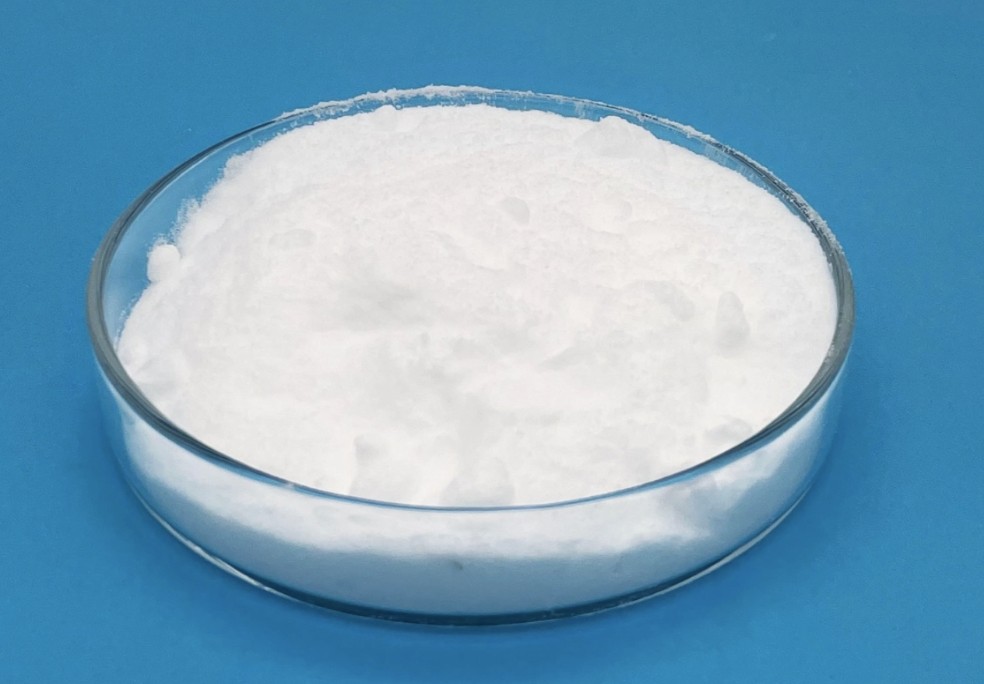Tetracaine
N ° CAS.: 94-24-6
Pureté: 99%
Formule moléculaire: C15H24N2O2
Masse moléculaire: 264.3633
Description: poudre blanche
spécification: USP
Uses: Local anesthetic
Tetracaine (AUBERGE, also known as amethocaine; trade name Pontocaine. Ametop and Dicaine) is a potent local anesthetic of the ester group. It is mainly used topically in ophthalmology and as an antipruritic, and it has been used in spinal anesthesia. It is on the World Health Organization's List of Essential Medicines, a list of the most important medication needed in a basic health system.
(1) In biomedical research, tetracaine is used to alter the function of calcium release channels (ryanodine receptors) that control the release of calcium from intracellular stores. Tetracaine is an allosteric blocker of channel function. At low concentrations, tetracaine causes an initial inhibition of spontaneous calcium release events, while at high concentrations, tetracaine blocks release completely.
(2) Tetracaine is the T in Tac, a mixture of 5 à 12 per cent tetracaine, 5M(per myriad), a half per mille (0.5‰), ou .05 pour cent (1 part in 2000) , et 4 ou 10 per cent hydrochloride used in ear, nose & throat surgery and in the emergemcy department where numbing of the surface is needed rapidly, especially when children have been injured in the eye, ear, or other sensitive locations.
(3) Tetracaine is synthesized from 4-butylaminobenzoic acid. The ethyl ester is formed through an acid-catalyzed esterification reaction. Base-catalyzed transesterification is achieved by boiling the ethyl ester of 4-butylaminobenzoic acid with excess 2-dimethylaminoethanol in the presence of a small amount of sodium ethoxide.
Before using Tetracaine, barbiturates should be taken first. A small amount of adrenaline should be added into Anesthetic to improve capillary contraction, and decrease drug absorption.
You should make a trial before using topical anesthetic. Only without allergic reaction can appropriate amount be used.In biomedical research, tetracaine is used to alter the function of calcium release channels (ryanodine receptors) that control the release of calcium from intracellular stores. Tetracaine is an allosteric blocker of channel function. At low concentrations, tetracaine causes an initial inhibition of spontaneous calcium release events, while at high concentrations, tetracaine blocks release completely.Used for mucosal epidermal anesthesia, nerve tissue anesthesia, epidural anesthesia and Subarachnoid space anesthesia.In the manufacture of pharmaceutical preparation for external use, to relieve the pain of drugs or medication lesions pain.
Tetracaine HCL is synthesized from 4-butylaminobenzoic acid. The ethyl ester is formed through an acid-catalyzed esterification reaction. Base-catalyzed transesterification is achieved by boiling the ethyl ester of 4-butylaminobenzoic acid with excess 2-dimethylaminoethanol in the presence of a small amount of sodium ethoxide.
Tetracaine is the T in Tac, a mixture of 5 à 12 per cent tetracaine, 5M(per myriad), a half per mille (0.5‰), ou .05 pour cent (1 part in 2000) , et 4 ou 10 per cent hydrochloride used in ear,nose & throat surgery and in the emergemcy department where numbing of the surface is needed rapidly, especially when children have been injured in the eye, ear, or other sensitive locations.
| Articles de test |
spécification |
Résultats de test |
| Apparence |
Bien, blanc, cristalline, poudre inodore |
confirmer |
| Identification |
ABC en passe |
confirmer |
| Solubilité |
Très soluble dans l'eau, soluble dans l'alcool;
insoluble dans l'éther et le benzène |
confirmer |
| Normes de référence USP |
USP Chlorhydrate de tétracaïne RS
USP Endotoxine RS. |
confirmer |
| Point de fusion |
145~150 degrés |
146.0~147.5 degree |
| Pureté chromatographique |
En passe |
confirmer |
| Substance associée |
Pas plus que la solution de référence 0.05% |
confirmer |
| Métaux lourds |
≤10ppm |
confirmer |
| PH |
4.5-6.5 |
5.8 |
| Résidu à l'allumage |
≤0,10 % |
0.05% |
| Perte au séchage |
≤ 0.5% |
0.19% |
| Essai |
98.0 -101.0% |
100.1% |






















